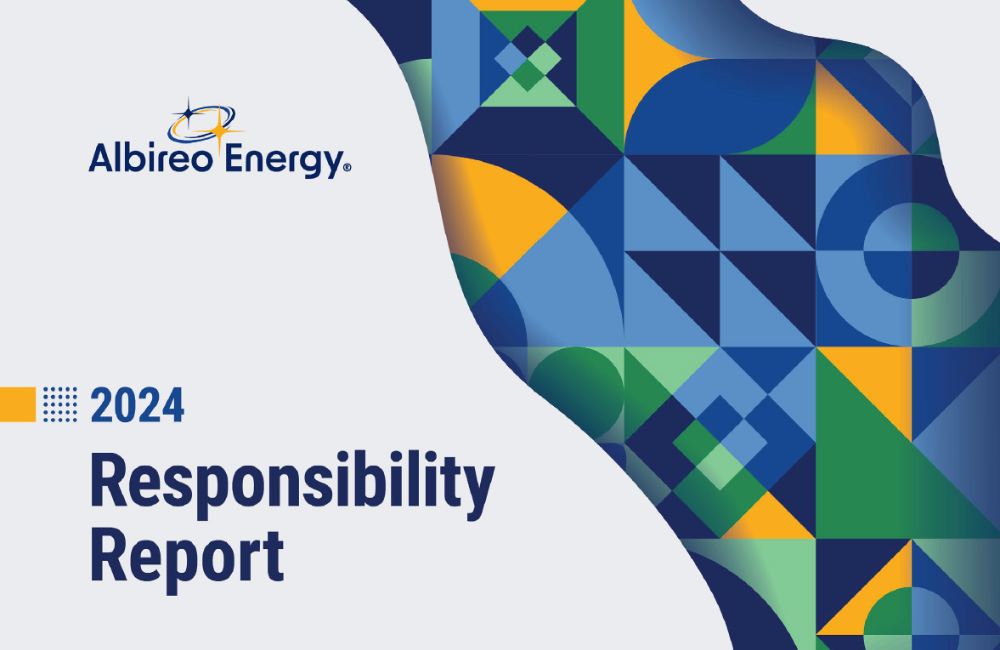The pandemic control measures have led to a dynamic economic environment that is impacting the energy market. Since shutdowns have occurred in other countries as well as the U.S., reopening and recovery is unpredictable. Renewable projects that were postponed due to the pandemic are expected to come online in 2021 but will still fall short of predictions. Changes in the import and export of energy resources, some due to the pandemic and some due to policy change affect pricing.
The good news is that government stimulus plans and the forward movement of the renewable resources’ infrastructure continues to decrease electricity prices from renewable sources. Green energy is becoming cost competitive.
Foreign NetZero Goals
China announced that the country has set a goal to zero out carbon emissions by 2050. Spain’s solar sector increased production by 60% in 2020 and is expected to continue to grow rapidly for the next two years. On the other hand, solar installations dropped in India by a lot due to the havoc wreaked by the lockdown. The outlook is still positive since bids to develop new installations are at record highs and solar production has been higher since stay at home orders have reduced the smog blocking the sunshine.
Oil and gas companies will continue to diversify into low-carbon energy. Net-zero goals worldwide and government incentivization will continue to spark investment in low-carbon technologies.
Financial Sector Influenced by NetZero Goals
Investor pressure on climate change has caused fund managers to set goals of having net-zero emissions across their portfolios by 2050. Regulation on disclosure of company emissions and climate risks is pushing more companies to make commitments on reducing emissions.
To support emissions goals, many governments will start to provide financial assurance and investment support for critical low-carbon energy supply chain materials such as lithium, nickel, and cobalt.
What does this mean to the Facility Energy Manager in the U.S.? Stakeholder and public pressure should have energy managers setting aggressive goals for net-zero energy procurement. Research and development for solar production and storage technology are ramping up. By including solar in energy management strategies, facility energy managers can take advantage of incentives and advanced technology to comply with net zero energy goals.
Investment in renewable companies in the U.S. will rise due to stakeholders consolidating to meet ambitious climate goals. Special purpose acquisition companies (SPACs) are being created to increase renewable energy supply chain materials. Hydrogen production and storage are becoming a viable option for clean energy. Wind, solar and green hydrogen projects are expected to increase.
Energy storage is critical for grid balancing. Companies that produce and distribute batteries are a fast- growing business model. Lower costs, better technology, and multiple functionalities make battery storage more in-line with current energy options.
Electric Vehicles
Many Covid-19 stimulus packages included support for electric vehicles (EVs). China extended its subsidy policies, which were to expire in 2021, to 2022. More stringent fuel economy and vehicle emissions standards point to a year of rapid growth for the EV industry. Infrastructure projects are moving forward, battery storage technology is advancing, and industry leaders are producing better market-ready models. While EVs will still be only about 5% of total worldwide vehicle sales, several areas will see an increase in EV purchases. Facility managers that consider projects that include charging stations will be prepared for a workforce of EV owners.
Technology and Energy
Advances in artificial intelligence (AI), advanced computing and quantum chemistry are incredible. They will influence energy efficiency, help develop plastic-eating enzyme and translate into new net-zero emissions technologies. Thin-Film Photovoltaic Technology (solar skin design) and higher solar cell efficiency make solar more aesthetic and productive. New HVAC technology is being released, such as movement-activated air conditioning, thermally driven air conditioning and on-demand hot water recirculation. Sensor enhanced ventilation is a development that has become critical to the concern around indoor air quality and the pandemic.
Smart technology allows precision control of all the major energy consuming systems in a facility to save enormous amounts of energy. Automation and data collection offer facility managers vast options in improving their system consumption and lifespan.
With 2020 behind us, the future for energy efficiency is bright. Science is offering advancement on all fronts, including the medical field, artificial intelligence, advanced computing and quantum chemistry. Progress towards net-zero emissions is happening. As energy efficiency goals become more aggressive across all sectors, technology is developing to keep pace. Facility managers will need to integrate the best technology possible into strategy and design as they work to improve their buildings.







